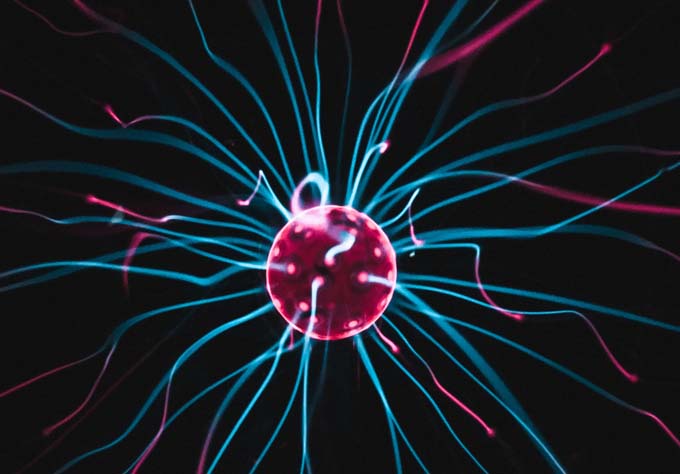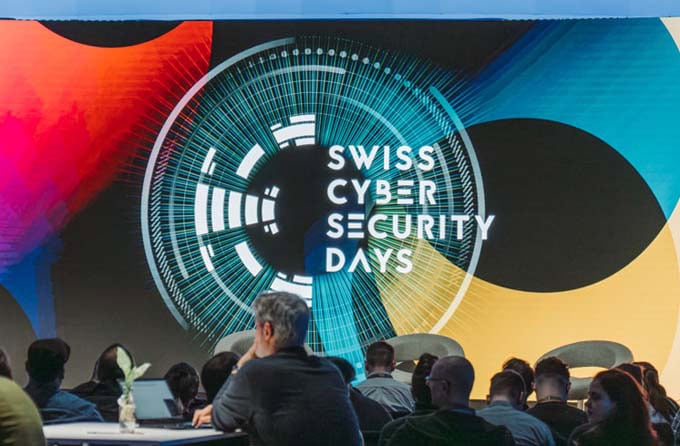Quantum cryptography: hacker attack pointless
The Internet is teeming with highly sensitive information. Sophisticated encryption techniques usually ensure that such content cannot be intercepted and read. But in the future, powerful quantum computers in particular could crack the keys, sometimes in a matter of seconds. Method from the 1990s Quantum mechanical key exchange - known in technical jargon as "quantum key distribution (QKD) - [...]

The Internet is teeming with highly sensitive information. Sophisticated encryption techniques usually ensure that such content cannot be intercepted and read. But in the future, powerful quantum computers in particular could crack the keys, sometimes in a matter of seconds.
Method from the 1990s
Quantum mechanical key exchange - known in technical jargon as quantum key distribution (QKD) - is tap-proof against attacks on the connection lines. QKD is therefore also immune to quantum computers, but not to attacks or manipulation of the devices themselves. The devices could issue a key that the manufacturer had previously stored and possibly passed on to a hacker. The so-called "Device independent QKD", or DIQKD for short, now also checks the security of the devices. Theoretically, this method has been known since the 1990s, but now an international research group led by LMU physicist Harald Weinfurter (https://xqp.physik.uni-muenchen.de/people/professor/weinfurter/index.html) and Charles Lim from the National University of Singapore (NUS) was realized experimentally for the first time.
Measuring quantum states of atoms
In the present experiment, the physicists used two entangled rubidium atoms located in two laboratories 400 meters apart on the LMU campus to exchange keys. The two sites are connected by a 700-meter fiber-optic cable that runs under the plaza in front of the university's main building. To exchange a key, the two parties measure the quantum states of their atoms. This is done randomly in two and four directions, respectively. If the directions match, the measurement results are identical due to entanglement and can be used to generate a secret key.
Tap-proof connections thanks to quantum cryptography
A so-called Bell's inequality can be evaluated with the other measurement results. John Bell developed this inequality to test whether nature can be described with hidden variables. With the DIQKD, this test is now used to ensure that there is "no manipulation of the devices, i.e. that hidden measurement results have not already been stored in the devices," says Weinfurter. The NUS protocol now uses two measurement settings. "This makes it much more difficult to intercept information. More noise can be tolerated and secret keys can be generated even with higher noise levels," says Charles Lim.
"With our method, we can now securely generate secret keys even with uncharacterized and potentially untrusted devices," explains Weinfurter. "Our work lays the foundation for future quantum networks in which absolutely secure communication between distant locations is possible," says Charles Lim.
This article originally appeared on m-q.ch - https://www.m-q.ch/de/quantenkryptografie-hackerangriff-sinnlos/









